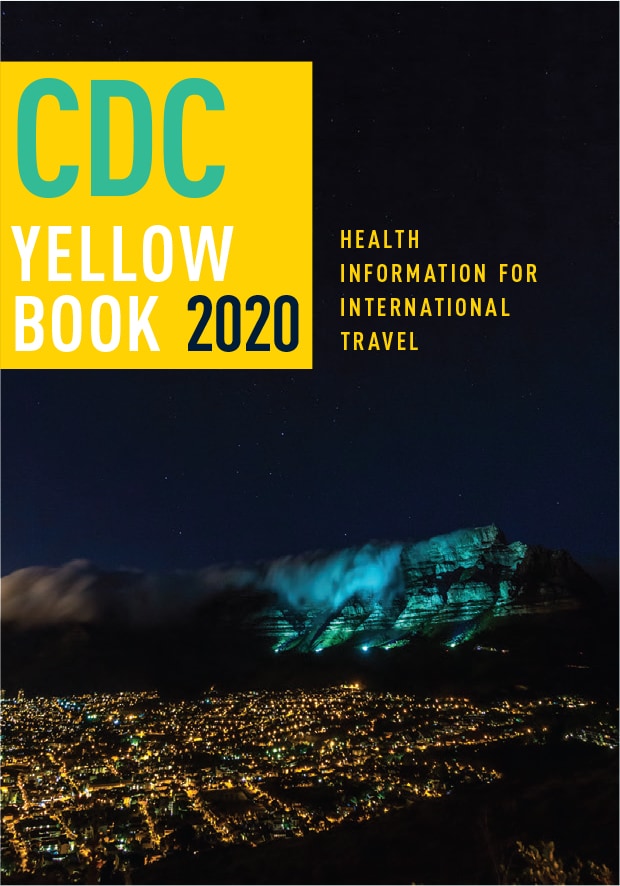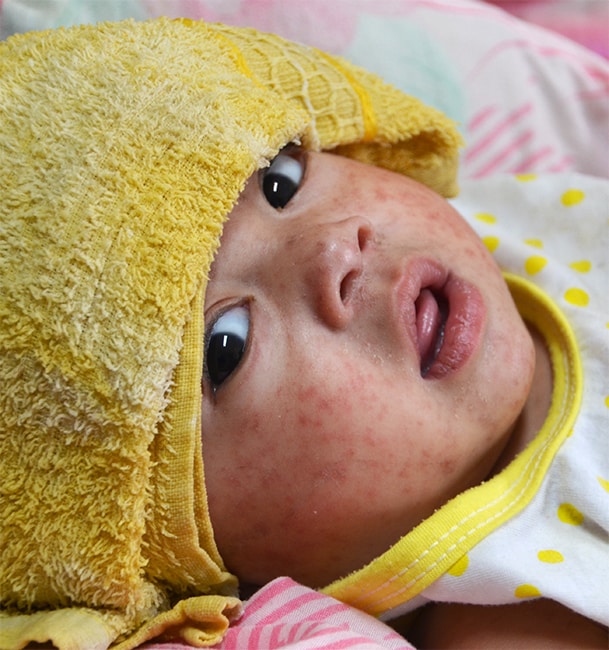Protecting travelers' health
Protecting the public’s health in the United States requires a dedicated focus on infectious disease threats that can happen outside the United States and cross US borders. Here are just a few examples of how NCEZID has been protecting health at our borders.

Alerting travelers about drug-resistant infections in Mexico
In early 2019, NCEZID alerted travelers about drug-resistant infections reported in United States residents who had surgery in Tijuana, Mexico. Most of the patients who developed carbapenem-resistant Pseudomonas aeruginosa infections had undergone weight-loss procedures. More than half of the patients had surgery at a specific hospital in Tijuana. The Mexican government ordered the hospital to suspend operations, and NCEZID experts posted a notice recommending travelers not have surgery at the hospital until the hospital addressed the infection control concerns. NCEZID also worked with state health departments to identify patients involved to ensure they received correct treatment.
Investigating Valley fever outbreak in students returning from Mexico
When two high school students were hospitalized in New York with pneumonia after returning from a community service trip in Baja, California, Mexico, CDC staff quickly suggested the cause might be Valley fever (coccidiodomycosis), a fungal disease that was later confirmed by laboratory tests. CDC worked with state and local partners to investigate how the students were infected and whether other cases of Valley fever had gone undiagnosed. Experts discovered eight confirmed cases of Valley fever connected to the trip from four states, several of which involved severe illness, hospitalization, and invasive procedures, as well as dozens of other likely cases involving respiratory infections. The investigation, which was published in a 2019 report, showed that a total of 225 travelers from this organization alone had taken part in trips to the area. Experts notified travelers of their risk for Valley fever and authorities in Mexico.
Travel health guide revamped

In 2019, NCEZID released the online 2020 edition of the CDC Yellow Book, the definitive guide for healthy international travel. Completely revised every 2 years, the Yellow Book offers healthcare providers and travelers information ranging from travel health guidelines to vaccine recommendations. The Yellow Book is available in print and online, with the online edition receiving over 5 million views each year. NCEZID updated the 2020 edition with new information, including updated traffic safety advice, emerging travel-related illnesses, new FDA-approved drugs, and more.
Preventing importation of measles

In 2019, NCEZID conducted 247 measles investigations to find people potentially exposed to sick travelers on airplanes.
In 2019, measles—a highly contagious disease that is common in parts of the world—made a resurgence in the United States and became one of the largest outbreaks CDC responded to that year. Travelers continued to bring measles into the United States throughout 2019, resulting in the greatest number of cases in the country since 1992.
NCEZID posted a global measles outbreak travel notice, and conducted 247 investigations to find people potentially exposed to sick travelers on airplanes, known as “contacts.” NCEZID experts notified health departments of 3,464 contacts in 2019 alone. NCEZID also worked with partners to ensure that US-bound refugees were vaccinated or immune to measles before they traveled.
